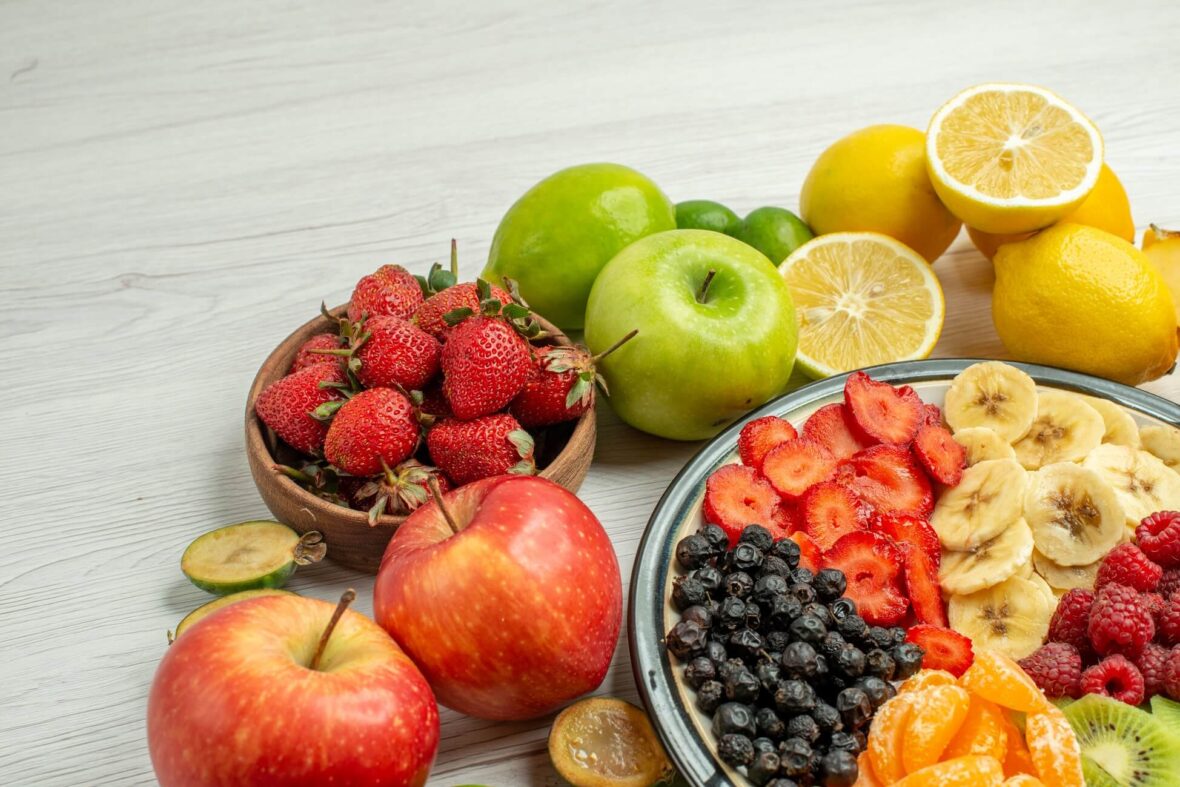Every food we consume, from grains to vegetables to fruits, contains some amount of sugar. However this blog discusses some healthy fruits for diabetic’s patients good. As the food becomes more complex, the importance of eating a balanced diet for people with diabetes increases. A healthy diet helps to regulate blood glucose levels, thus reducing the risk of diabetes-related health problems such as heart disease, hypertension, etc. Fruits are an essential part of a diabetic diet. Many people with diabetes think that fruits should not be consumed due to their high carbohydrate content and low natural sugar content.
However, recent studies have shown that people with diabetes can enjoy eating fruits regularly and that consuming fruits can help to reduce blood glucose levels and improve diabetes management. Most people with diabetes can eat any fresh fruits. Some fruits have a distinct nutritional profile and have a different effect on blood glucose levels. Some fruits are beneficial for diabetes care, while others can lead to unwanted blood glucose spikes.
In this blog, we will discuss 14 healthy fruits for diabetic’s patient’s diet.
What is the glycemic index (GI) and glycemic load (GL)?
The glycemic index (GIs) of a food is the speed at which it causes your blood sugar to rise. Food with a high GI can cause a rapid increase in your blood sugar, while food with a GI of 1-55 or a medium GI of 70 or higher is considered to be more beneficial for your diabetes. Fruits with lower GIs, like apples, tend to raise your blood sugar more slowly than other fruits, such as watermelon. The GI of a food is one of the most important factors when it comes to selecting the best fruits for your diabetes.
People with type 1 and 2 diabetes have different causes, but both are affected by problems with insulin (the hormone that your cells use to absorb glucose). This means that choosing the right food for your diabetes is important.
14 Healthy Fruits for Diabetic’s Patients:
1.Apples
Apples are the world’s most popular fruit, and for good reason. They are rich in vitamins C and soluble fibre, as well as various nutrients. They are also rich in antioxidants, making them one of the best fruits for diabetics. Apples contain carbohydrates that cause your blood sugar levels to rise, but the fibre in them helps to keep your glucose levels stable. Eating apples may be beneficial for diabetics who have poor blood sugar control.
As a 2022 study showed that consuming an apple before a meal of rice significantly reduced the blood sugar levels of diabetics with poor glucose tolerance compared to those who ate the rice meal before the apple. You don’t have to worry about peeling apples, as the skin is packed with fiber and antioxidants that help protect your heart.
According to the American Diabetes Association, an apple has a GIs between 32 and 38, and a GL ratio of about 4.7. Apart from their low GIs, apples also have a high fiber and nutrient profile. A medium apple typically contains 25.1 g of carbohydrates, 18.9 g of which are sugars, 4.8 g of fiber, 94.6 calories, and potassium, as well as some B vitamins and a variety of antioxidants.
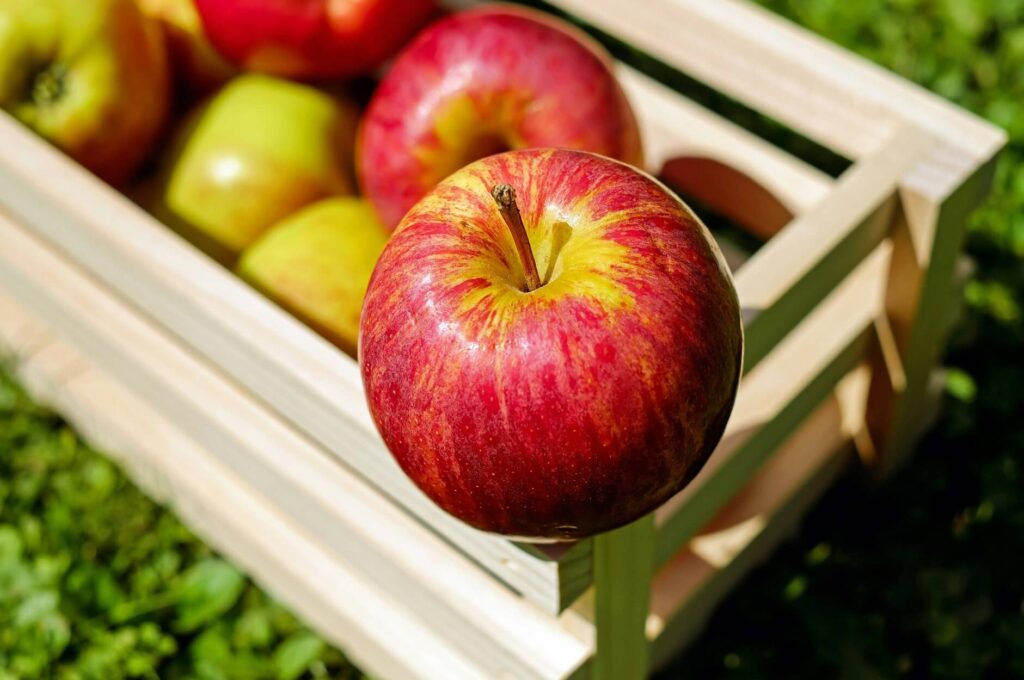
2.Avocados
Avocados are low in carbs and high in fat, making them a great fruit to add to your low-carb meal plan. An avocado has just 8.5g of carbohydrates and almost 30g of healthy fats, making it an ideal addition to your diet. Eating avocados has been shown to improve blood sugar and insulin levels in people with type 2 diabetes. It can also help with weight management and balancing your diet, both of which are important for diabetes management.
In addition to providing you with healthy fats, an avocado also contains potassium and folate, which are important nutrients for heart health. Fiber can also help reduce post meal spikes in your blood sugar levels. Research has shown that eating a high fiber diet can help with glycemic control, body weight, blood lipid levels, and inflammation markers. When eaten in moderation, an avocado is an ideal addition to any type of diabetes meal plan.
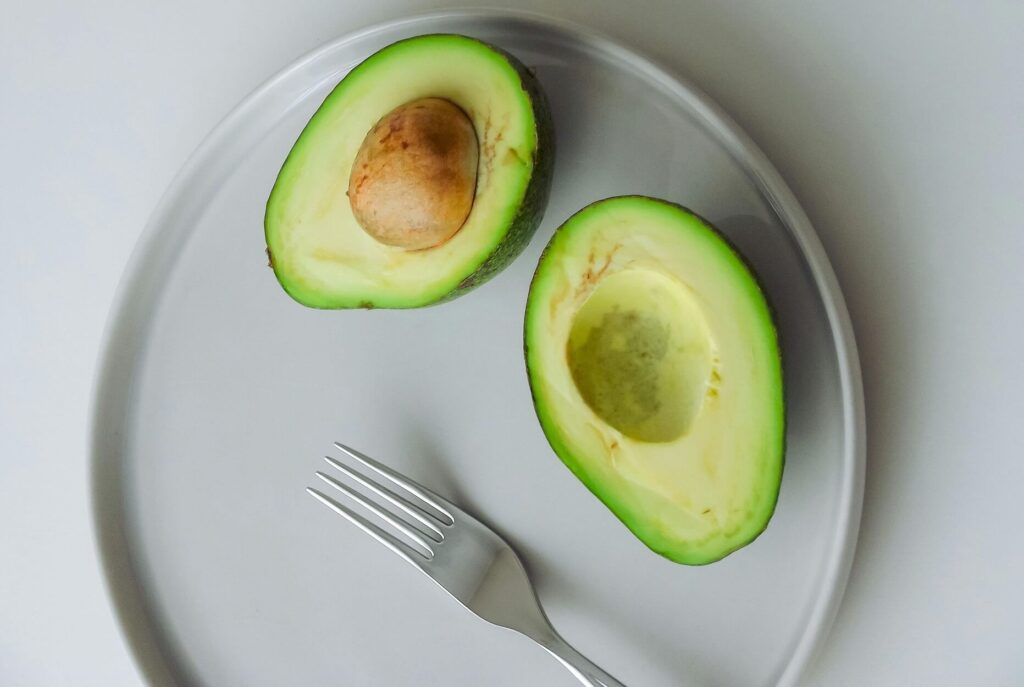
3.Pomegranates
Pomegranates are known to have a variety of health benefits, such as lowering blood pressure, reducing blood sugar levels, lowering cholesterol levels, and increasing insulin resistance. Pomegranates seeds (also known as arils or pomegranates juice) contain a range of bioactive compounds that help to reduce inflammation, repair damaged cells, and improve overall health.
One of the health benefits of eating pomegranates is that it may improve overall health. In a 2019 study, researchers found that individuals with type 2 diabetes who drank 200 ml of pomegranate juice daily for 6 weeks saw a significant drop in their blood pressure from systolic (high blood pressure) to diastolic (low blood pressure). People with type 2 diabetes are more likely to have high blood pressure, which increases the risk of developing type 2 diabetes. Drinking small amounts of pomegranate seeds with a meal that is rich in fiber and protein can help support good blood sugar control.
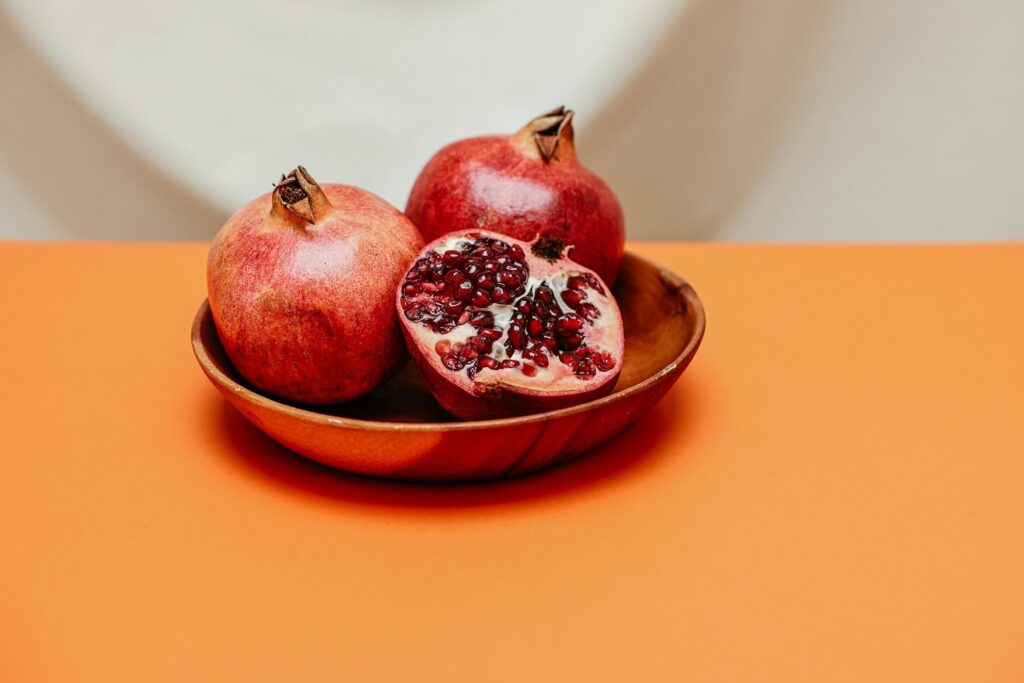
4.Oranges
Oranges are a member of the citrus fruit family and are considered to be a superfood for diabetics due to their high content of Vitamin C, fibre, folate and potassium. Due to the high fibre content of oranges, it takes a while for them to break down into sugar after consumption, so it is best to consume them raw rather than as liquid. Oranges, like other citrus fruits such as grapefruit, are a good choice for diabetics looking for a low glycemic-index (GIs) fruit. The GIs of an orange are 43, meaning they have less of an impact on your blood sugar levels than high-GIs fruits such as watermelon.
Research has shown that regular consumption of low-GIs fruits can help diabetics reduce their HbA1c, lower their blood pressure and reduce the risk of heart disease. A whole orange is usually more filling than an orange juice. An average 154g orange contains 18g of carbohydrates (13g of which are sugars), 3g of fiber, 77 calorie.
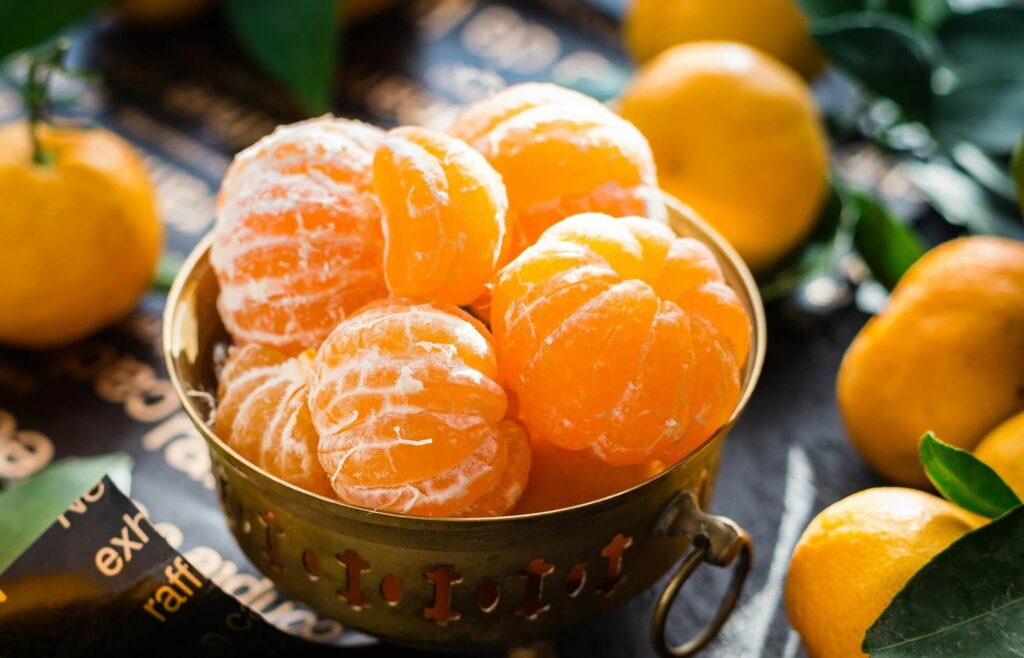
5.Berries
Berry is a fruit that is low in carbohydrates and is a good choice for diabetics. It contains antioxidants that help with low glucose absorption, Vitamin C, and fibre. It is also rich in antioxidants and anti-inflammatory compounds. Eating berries can help with glycemic control and is associated with a lower risk for type 2 diabetes. It is also known to reduce the risk of heart disease, hypertension, and some forms of cancer.
Strawberries have a range of glycemic indexes between 28 and 40, and the glycemic load of a half cup of berries varies depending on the type of berry. It usually contains between 2 to 7 grams of carbohydrates (8.0g sugars), 2.7 grams of fiber, and 52.5 grams of calories. Strawberries also contain 84 mg of vitamin C and a range of antioxidants, including choline, betahydroxytryptophan, betahydrocannabinol, and zoledronic acid.
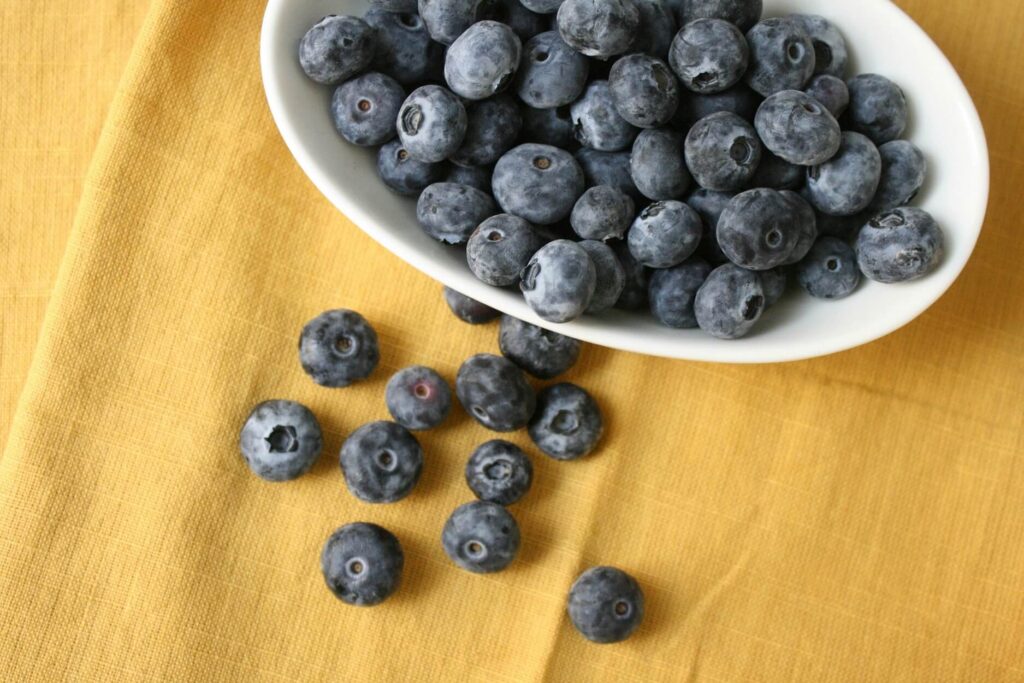
6.Peaches
Another fruit to add to your diabetes diet is peaches. A medium peach contains 59 calories with 14 grams of carbohydrates according to USDA. It is a good source of carbs for diabetics but the nutrient content of the fruit makes up for the carb content. Peaches are rich in potassium and fibre, as well as vitamin A, vitamin C, and other beneficial nutrients. The bioactive compounds found in the peach have been shown to aid in the fight against obesity and cardiovascular problems among diabetics.
A medium peach has 10 mg of vitamin C and 285 mg of potassium. Potassium is an electrolyte that helps in the normalization of fluid levels in cells and tissues. If you are looking for a delicious and easy way to add fresh, fragrant peaches to your diabetes diet, try making a smoothie with a few slices of the fruit, low-fat buttermilk, cinnamon, or ginger. With a GA of 28 and a GL of 3, peaches are considered a low-glycemic fruit.
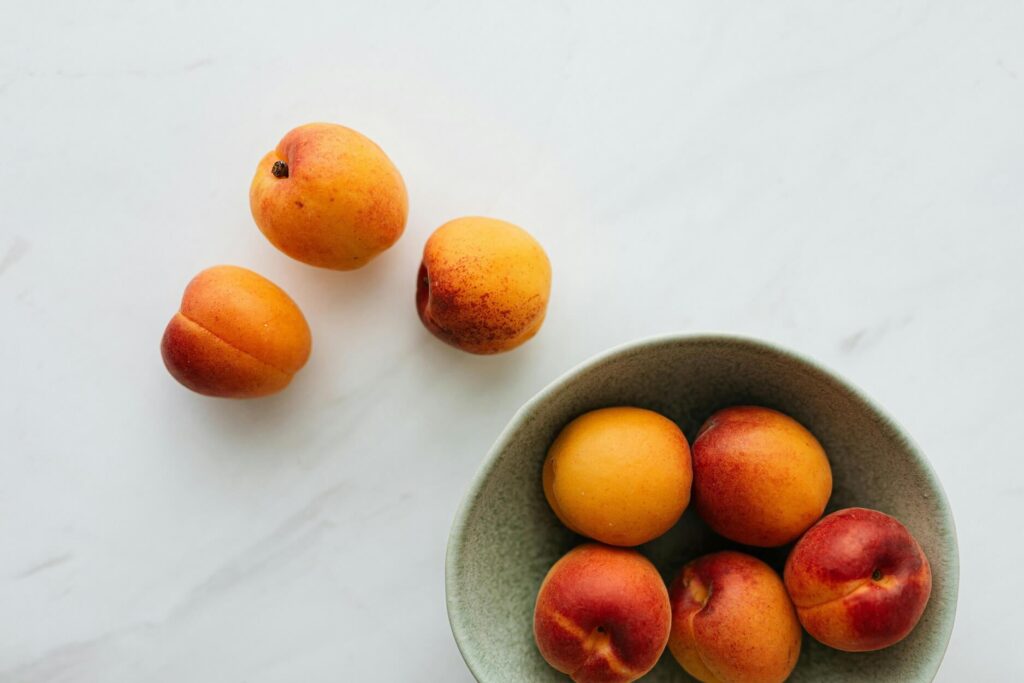
7.Apricots
An ideal addition to any diabetes meal plan, apricots are one of the sweet summer staples. According to the USDA, one apricot is 17 calories and has 4 g of carbohydrate. Each of the four small fresh fruits provides 134 mcg of your daily requirement of vitamin A.
Vitamin A plays a vital role in your vision, immune system, and many other nutritional roles. These fruit are also good sources of fiber (3 g per group of four) and can be added to hot or cold cereals or added to salads. Fresh apricots have a high glycemic index (GI) of 34, and a glycemic load (H2) of 3.3 to 3.8. Consuming an apricot as a whole has minimal effect on your blood glucose levels.
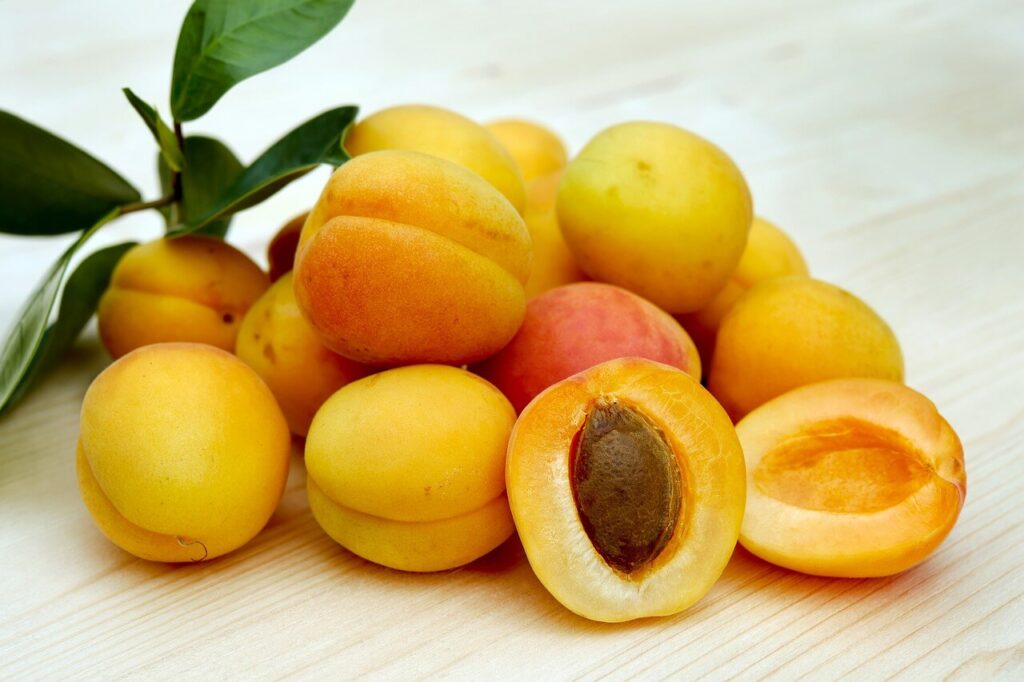
8.Kiwis
Kiwis have a low glycemic index (GIs) of 49, which means they do not convert into glucose quickly, and it takes time for it to enter your bloodstream. Studies have also shown that eating kiwis for breakfast significantly reduces sugar uptake in your blood. The main reason behind this is because kiwis have a high fibre content and a high capacity for water-holding, which makes them an ideal fruit for diabetic patients. When kiwis are consumed, they absorb water and thicken into a gel that slows down the sugar conversion process.
Kiwi is a delicious, powerhouse fruit that is rich in vitamin C and provides you with a bit of potassium and fiber. A single kiwi contains about 48 calories with 11g of carbohydrates, making it an ideal addition to your diabetic-friendly diet.
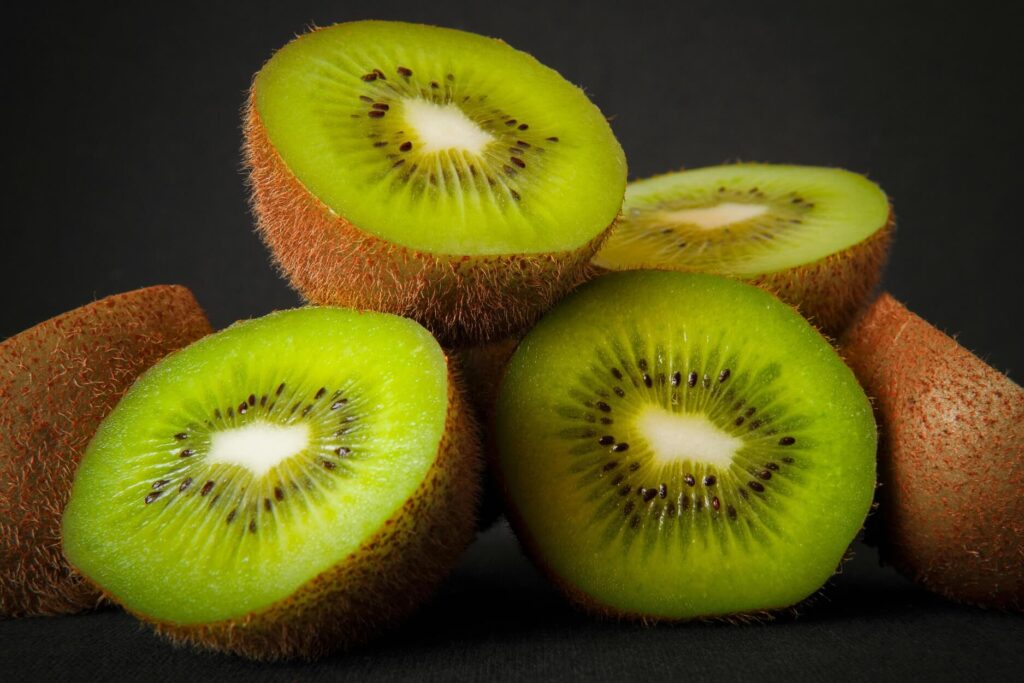
9.Tart cherries
Tart cherries have been shown to increase blood sugar levels and help manage diabetes. Tart cherries contain a chemical called anthocyanin that gives them their bright red color. It also increases the body’s insulin activity. This chemical has been shown to reduce cardiovascular disease risk. According to the USDA, a cup of one of the tart cherry pits has 52 calories and 12.6 g of carbs. The anti-inflammatory properties of tart cherries have been proven to help prevent heart disease, cancer, and other diseases.
You can get tart cherries in a variety of varieties, such as fresh, canned, frozen, and dried. Keep in mind that canned fruits often have added sugar, which can raise blood sugar levels. Eating dried fruit is a good idea for diabetics, but don’t eat it until you’re full. Dried fruit has a higher calorie and carbohydrate content than whole fruit, but it’s not as filling. Try eating dried fruit in small portions of 2 tablespoons.

10.Plums
Plums, also known as water removed plums, have more carbohydrate for their weight and higher gastrointestinal value. A low glycemic index plum is the best fruit for diabetics as it takes longer to break down sugar in the body and is packed with nutrients and reduces insulin resistance. A plum is rich in soluble fibre, which plays an important role in regulating blood sugar levels. A fresh plum, weighing 66 grams, contains 7.5 g of carbohydrate, 6.5 g of sugar, 0.9 g of fibre, 30.4 g of potassium, and magnesium, as well as vitamins C, A, and some B vitamins and 22.8 g of calcium, potassium and magnesium.
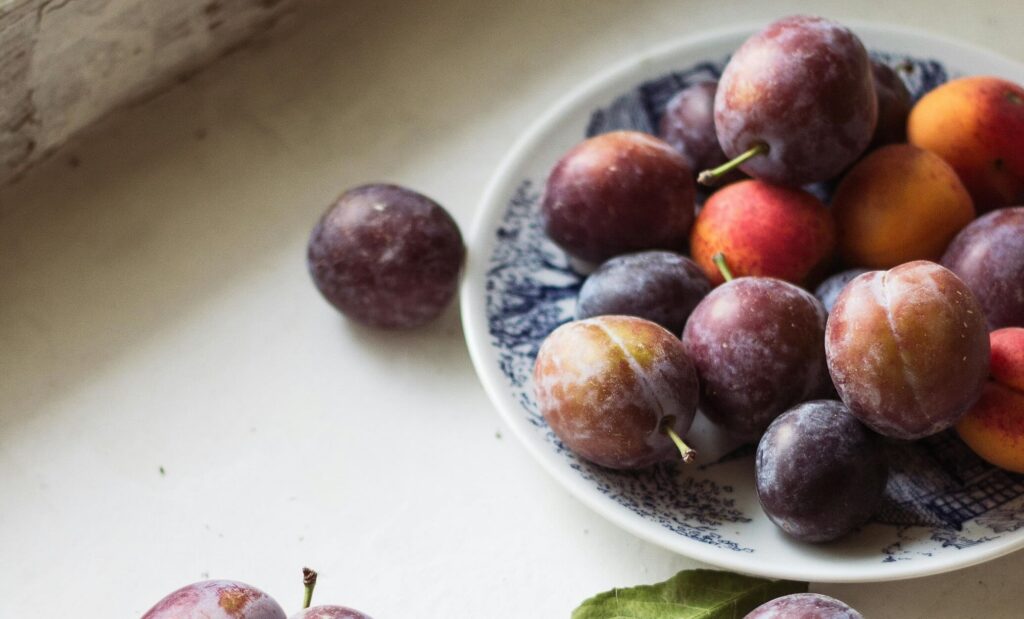
11.Papaya
Papaya is one of the summer fruits that can be considered as the best fruit for diabetics. You can eat any portion of papaya, from the pulp to the seeds. Papaya is high in antioxidants and fibre, which helps in the prevention of cell damage in your body. The low-calorie papaya is beneficial for weight loss. It is rich in vitamin B, folate and minerals like potassium, magnesium and fibre.
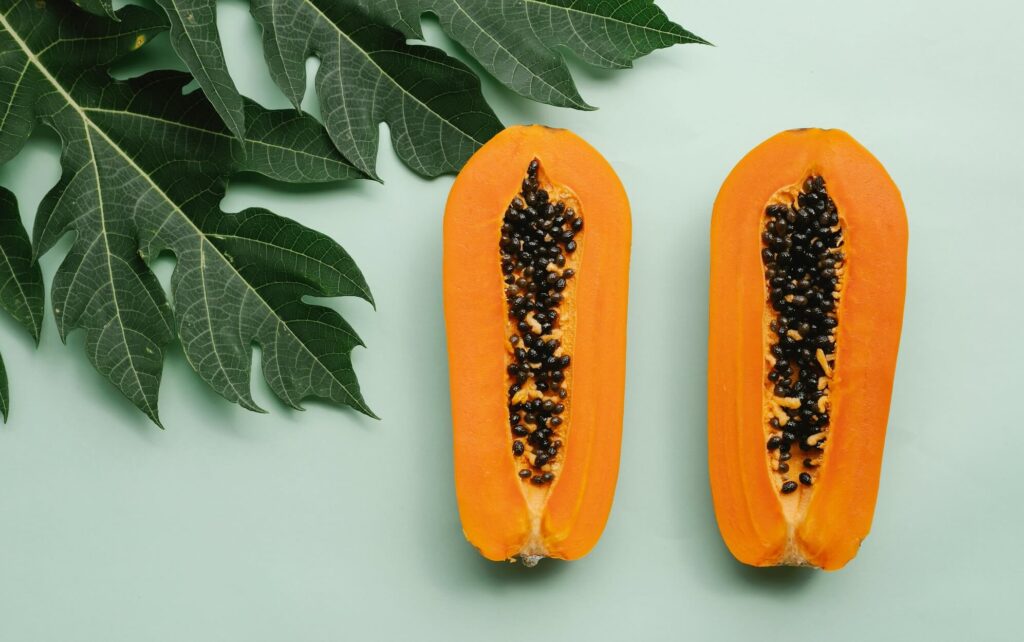
12.Jamun/ Indian Blackberry
Known as the Indian blackberry, black plum, or simply Jamun, it is said to be the best fruit for diabetes. Jamun is 82 percent water-soluble and has 14.5 percent carbohydrates. It has very low sucrose content. Jambosine, also known as jamboline, is present in the fruit. It slows down the conversion of starch into sugar, which helps in controlling the rapid rise and fall of blood sugar levels. Consuming Jamun has also been found to improve insulin secretion in the body, making it a good fruit choice for diabetic patients.
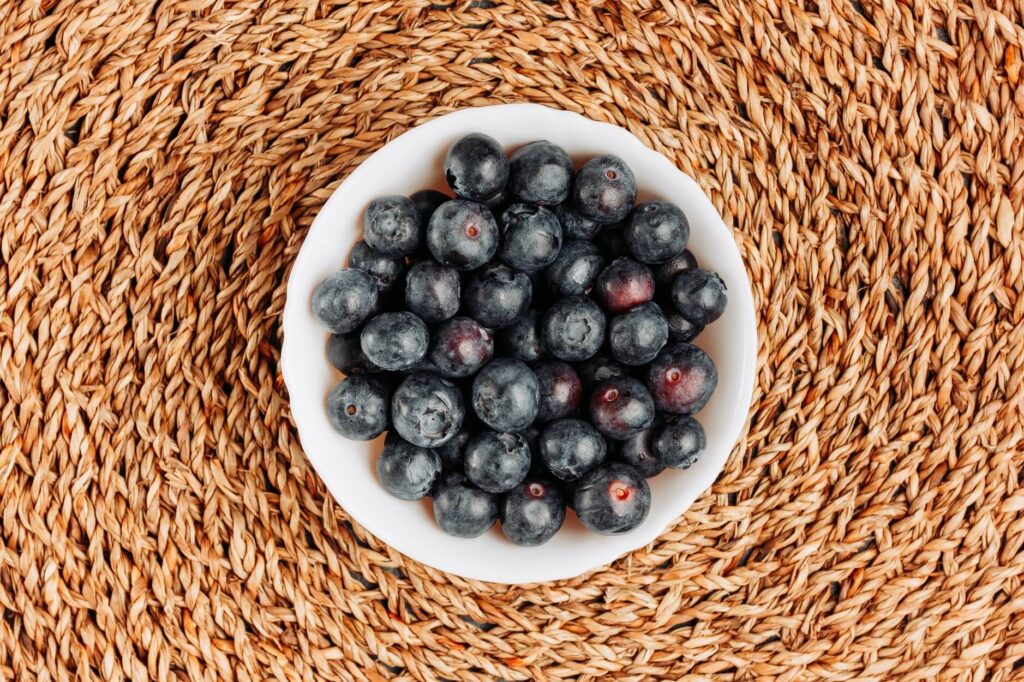
13.Pears
Pears are one of the best snacks for diabetics. They are high in calcium, iron, potassium, magnesium, vitamin C, vitamin E, folate, lutein, etc. The skin of the pears is considered high in fibre. Fibre can help lower cholesterol, obesity, etc. Pears have a very low glycemic index and are very high in fiber. They are a great addition to any diabetics’ meal plan. Pears have an improved taste and texture after being picked.
A single medium pear has 27.1 grams of carbohydrates (17.4 grams of sugars), 5.52 grams of fiber, and has 101 calories. It also contains potassium, magnesium, phosphorous, vitamin C, and vitamin B. If you are looking for a good snack for diabetics, try slicing a medium pear for your next spinach salad.
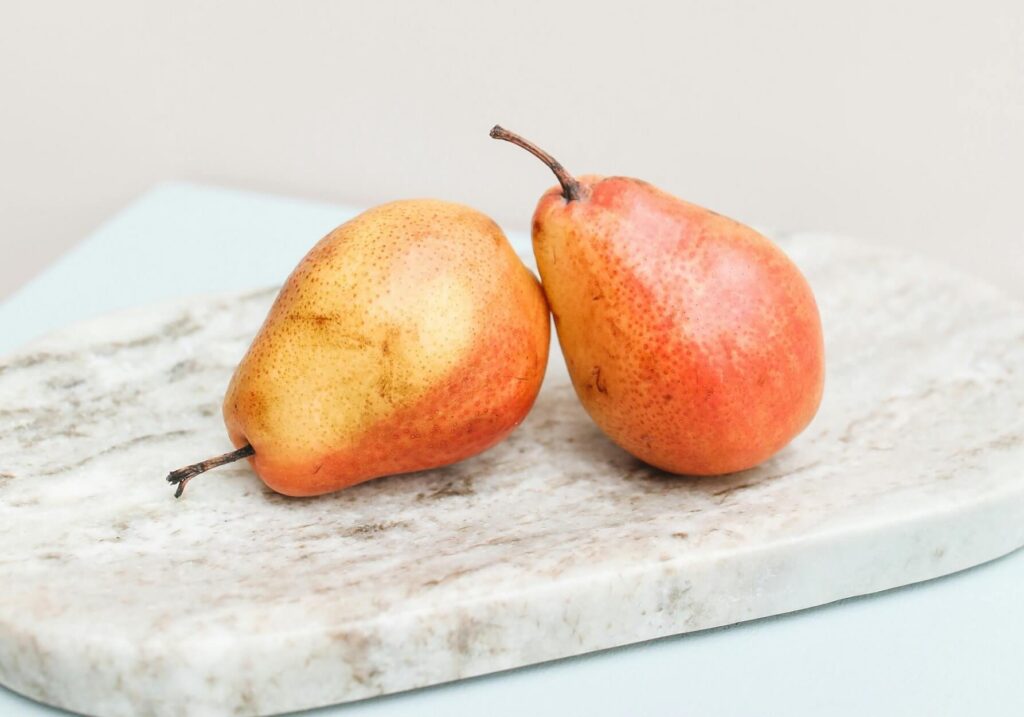
14.Cherries
Cherries are a low-glycemic fruit with a glycemic index (GIs) ranging from 22 to 2.7, depending on serving size. They contain antioxidants, such as anthocyanin, which help fight oxidative stress and reduce inflammation, both of which can increase blood sugar levels in those with diabetes. They also contain fiber, which helps with digestion and blood sugar control, but should be consumed in moderation and should be discussed with your healthcare provider. A cup of pitted cherries contains: 22.1 g of carbohydrates (17.7 g of which are sugars) 86.9 calories 2.9 g of fiber 3.5 g of vitamins B, C and K Frozen cherries have a shorter growing season than regular cherries.
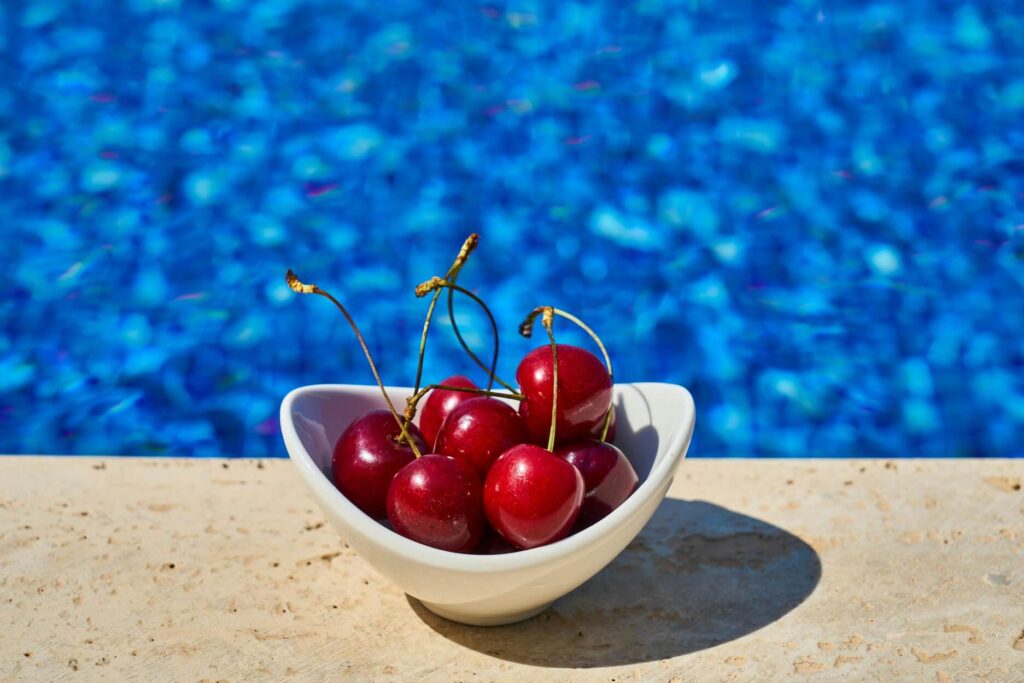
What fruits should diabetics avoid?
Fruits are a great source of carbohydrates for people with type 2 diabetes, but they may need to be reduced depending on your treatment plan. Fruits with a high glucose index and high glucose load will cause your blood sugar to rise faster. However, if you eat them in moderation and pair them with protein (cheesy, nutty, or plain yogurt) your body will be able to adjust to the increase in your blood sugar.
#Bananas
Bananas have a glycemic index (GRI) of 62, which means they cause your blood sugar levels to rise faster than other fruits with lower GRIs. A medium-sized banana contains about 30 grams of carbohydrates. The natural sugars in bananas (glucose, fructose, sucrose) can cause your blood sugar to rise quickly, especially if the banana is too ripe. This rapid rise in your blood sugar can be a problem for diabetics, who need to keep their blood sugar levels stable. Bananas can be consumed by diabetics in moderation as part of a healthy diet, but it is important to carefully monitor how they affect your blood sugar levels.
#Dried Fruit
Dried fruits can be difficult for people with diabetes because they contain a lot of concentrated sugar and have a higher carbohydrate content than fresh fruit. When dried, the water in the fruit is removed, making it smaller and more compact, but still retains all of the natural sugars and calories of the larger, hydrated fruit. Eating a larger portion makes it easier to consume more carbohydrates and sugar in one sitting. Some dried fruits also contain added sugar, which increases the carb count and the glycemic load.
#Fruit Juice
Fruit juice is a major problem for people with diabetes because it lacks the fiber in whole fruit that slows down sugar absorption and helps control blood sugar. Fruit juice is also high in sugar and carbohydrates, which can cause rapid blood sugar spikes and make it hard to keep your blood sugar levels stable. Many commercial fruit juices also have added sugar, making them even worse. If you have recently been diagnosed with diabetes or are having difficulty controlling your blood sugar levels, consider scheduling a diabetes consultation on Sesame.
A licensed clinician can provide expert advice on how to effectively manage your diabetes, including making informed decisions about which fruits to include in your diet and which to avoid. Diabetes doesn’t have to mean cutting out fruit from your diet, but choosing low-glycemic options that are high in fiber and high in essential nutrients can help you enjoy fruits.
#Watermelon
Although watermelon is refreshing and refreshing to drink, its high glycemic index (H2) of 72 can be a problem for diabetics. High glycemic index foods are digested very quickly and cause rapid blood sugar spikes. This is a major issue for diabetics because a single serving of melon contains a large amount of carbohydrates that can cause rapid blood sugar rises.
#Pineapple
Pineapple is a high-quality fruit that provides a variety of vitamins and minerals. However, it is not recommended as a top pick for diabetics. The glycemic index (GIs) of pineapple ranges from 59 to 82, depending on the fruit’s ripeness, processing methods, and other factors. Therefore, diabetics should eat pineapple in moderation and pair it with a protein source or healthy fat to reduce the blood sugar spikes associated with high glycemic index foods.
#Canned Fruit
For diabetics, canned fruit can be a challenge because of the added sugar, syrups, and other ingredients used to preserve and flavor the fruit. The canning process may also reduce the natural fiber content of the fruit, which is important for reducing the rate of sugar absorption and keeping blood glucose levels stable. Therefore, canned fruit should not be part of your diabetes care plan. This is especially true if you have type 2 diabetes and are trying to lose weight. Instead, choose fresh fruit or canned fruit in water or your own juice and pay attention to serving sizes to make healthier choices.
Conclusion:
Choosing the right fruit for diabetes can be challenging. Therefore, always choose fruits after checking their GIs and NPSs. Fruits that are popular for diabetics are papaya, apple or kiwi. It is important to remember that perfect diabetes control is not achievable with just one fruit. Rather, it is a combination of conscious decisions, portion planning, careful monitoring and a holistic approach to health that enables us to thrive. Let the sweetness of berries, the sweet of cherries or the crispiness of an apple remind you that managing diabetes can be a delightful and rewarding experience.
If you have questions or concerns about adding fruit to your diabetes diet, speak with your healthcare provider to get personalized dietary advice. As you continue to choose and create healthy fruit relationships in your life, your journey with diabetes will be one of well-being, empowerment and joy.
Reference used:
https://sesamecare.com/blog/best-fruits-for-diabetics
https://www.healthline.com/health/diabetes/low-glycemic-fruits-for-diabetes
https://www.beatoapp.com/blog/10-diabetes-friendly-fruits-to-keep-your-blood-sugar-in-control/


